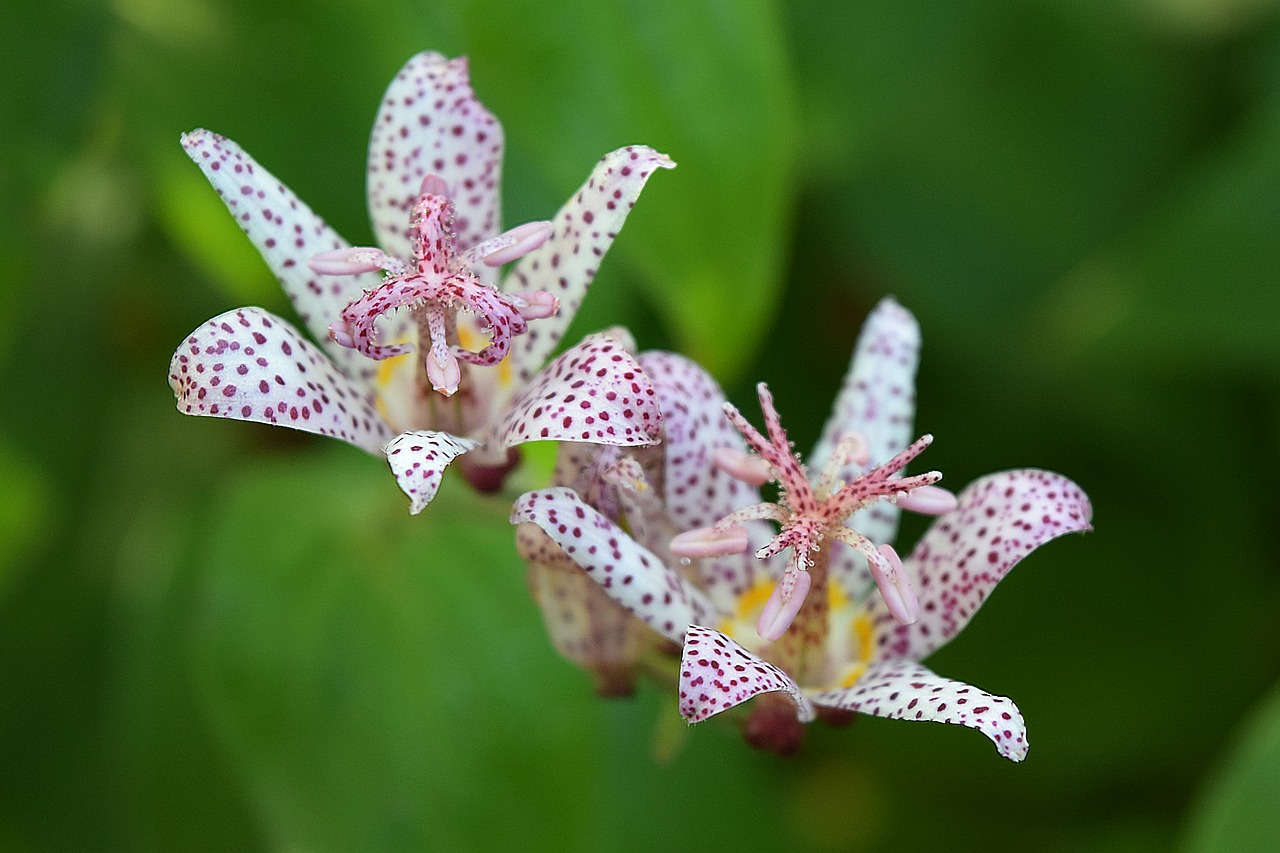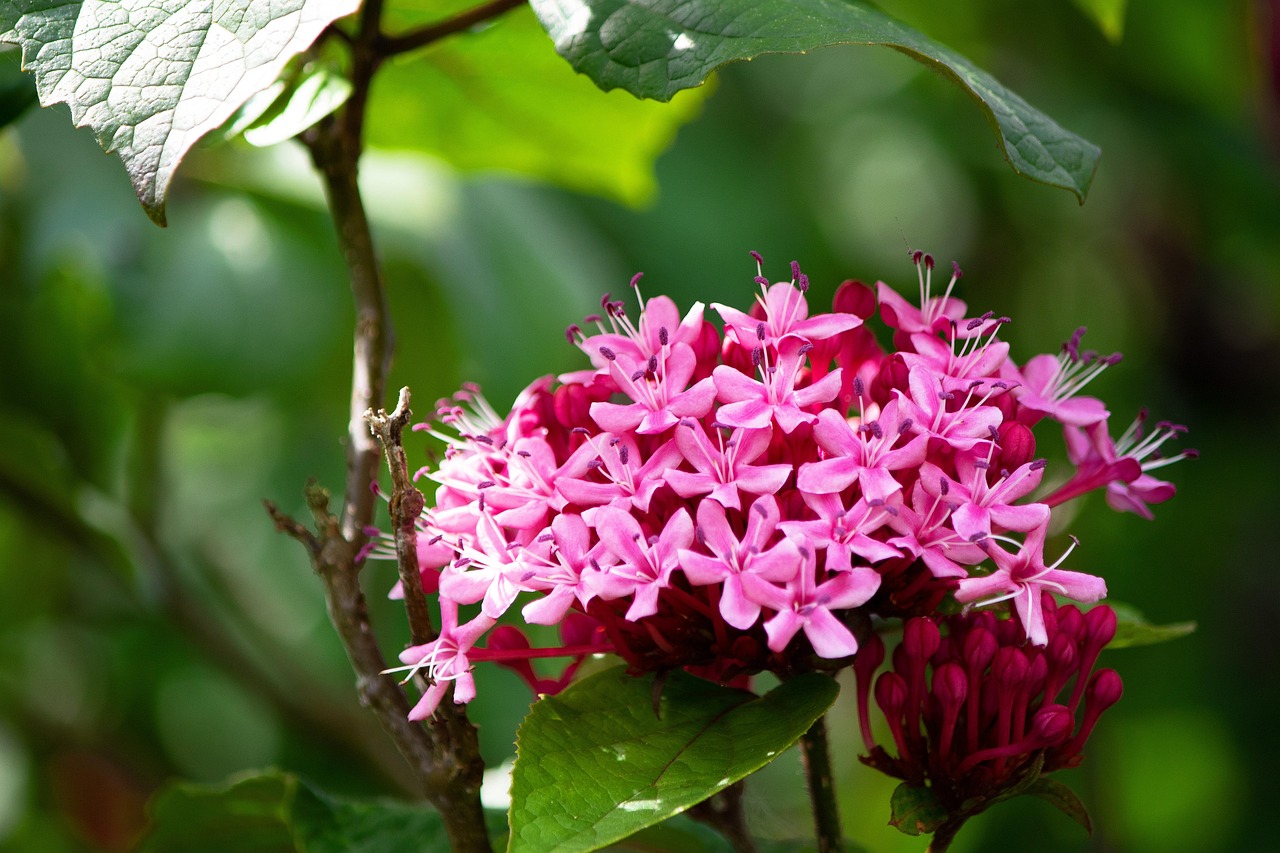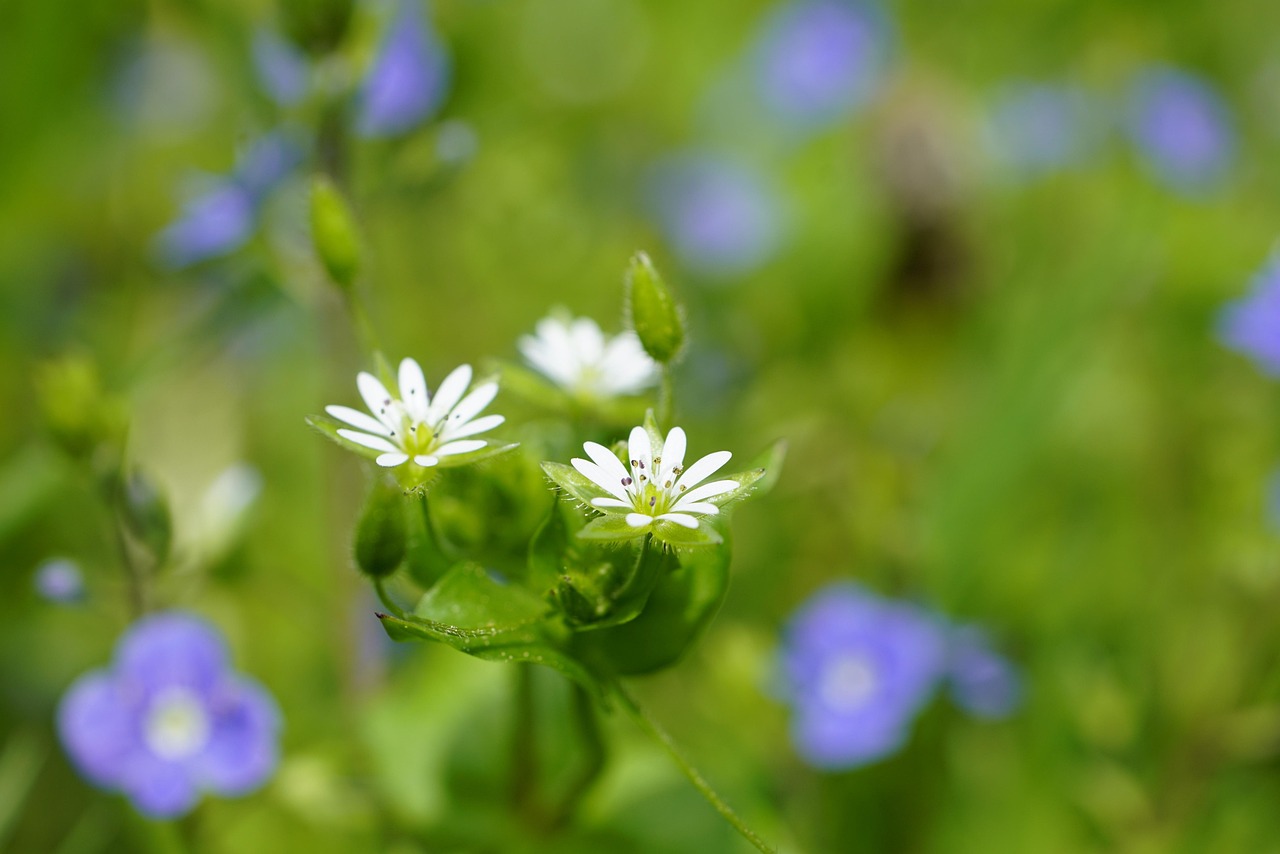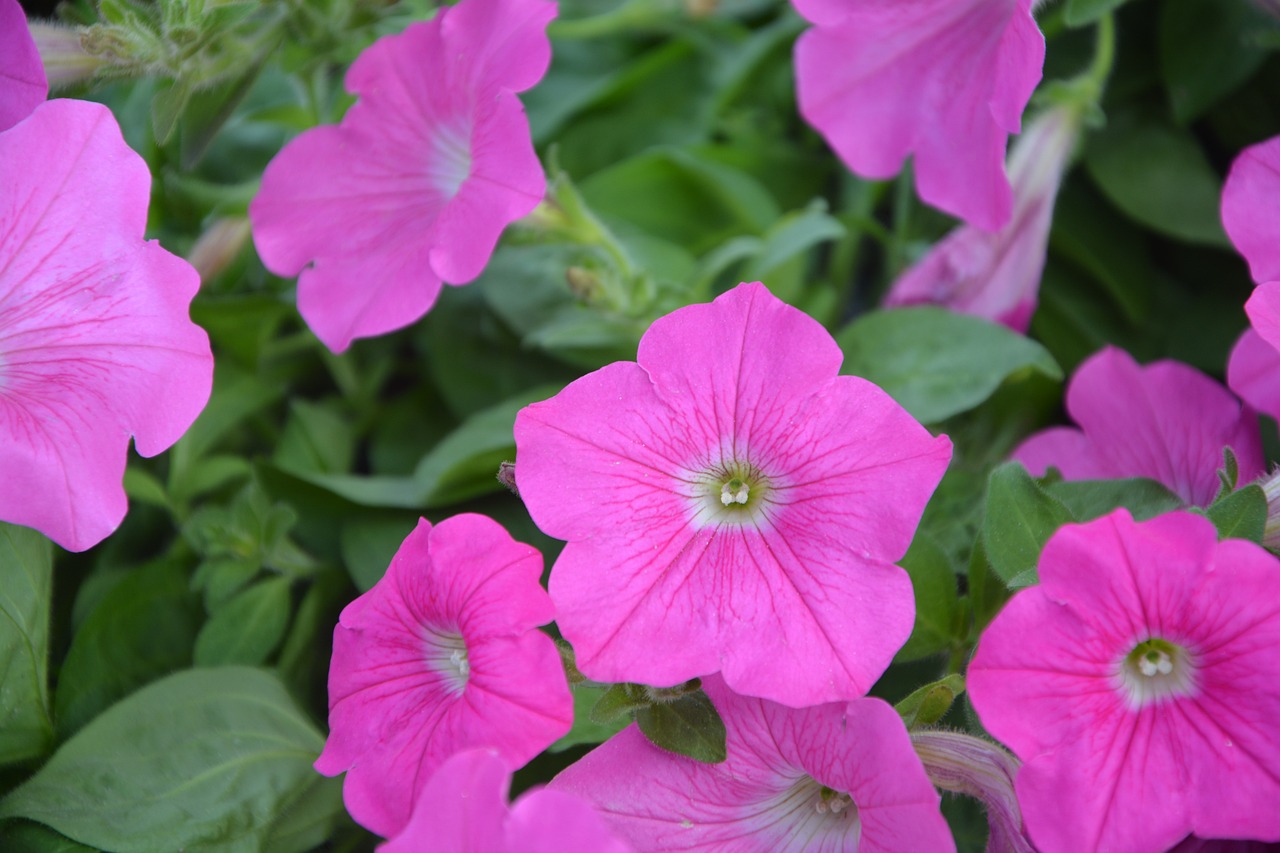Geum | The Simple Colors of the Highlands, Swaying in the Mountain Breeze
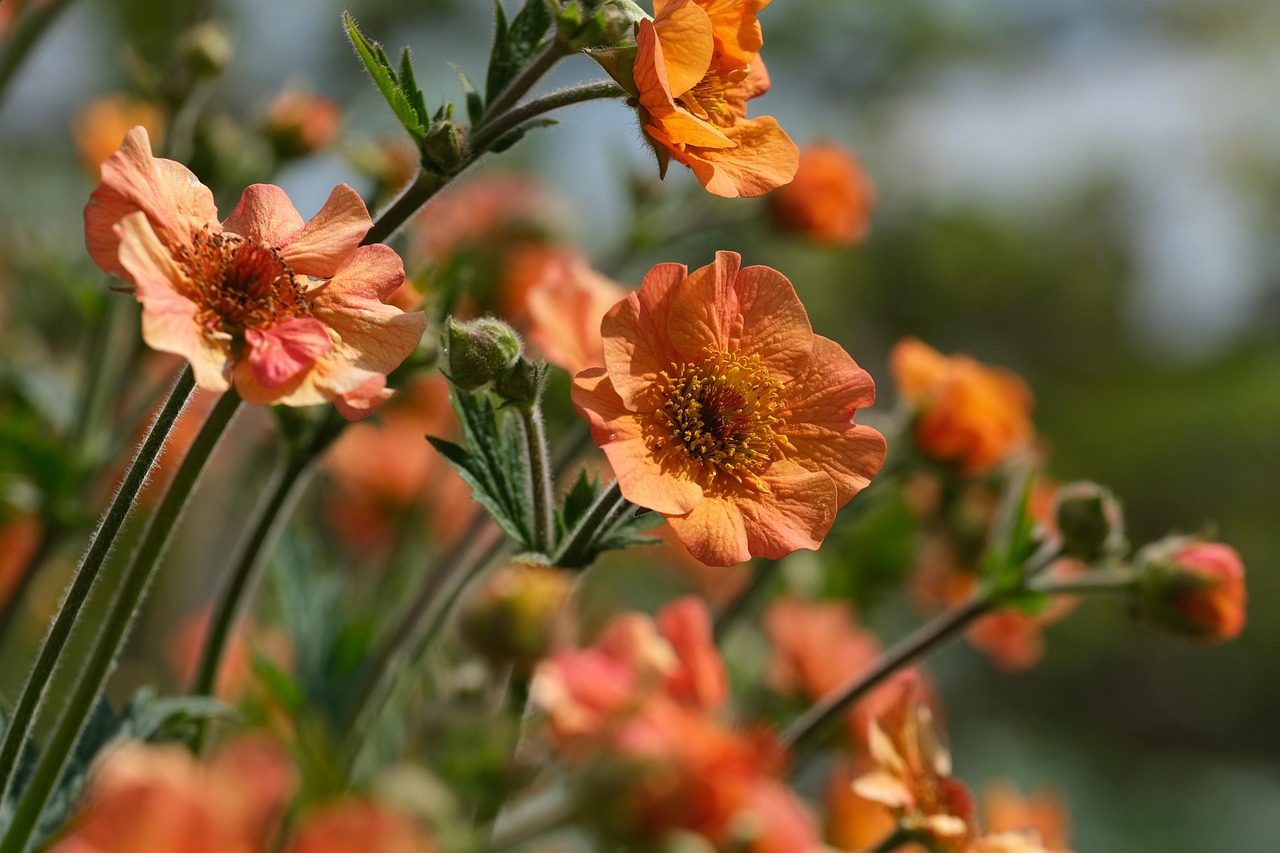
Geum is a perennial plant admired for its vivid flower colors and long blooming period.
Belonging to the Rosaceae family, its height varies depending on the variety, but it is widely appreciated as a plant that brightens up gardens and flower beds.
In this article, I will explain in detail the basic information about Geum, its cultural and historical background, and how to grow it.
Basic Information
- Scientific name: Geum spp.
- Family: Rosaceae
- Origin: Europe, Asia, North America
- Appearance: Many varieties produce bright orange, yellow, or red flowers. Petals vary from rounded to elongated. The plant has finely divided leaves and upright stems.
- Blooming season: Most commonly from spring to early summer, though some varieties bloom until autumn.
Cultural Characteristics Around the World
Geum has long been cherished in gardens and parks, especially in Europe, where it holds a rich history.
In British gardens, it is often used as a border plant and fits well in natural-style plantings. Its vivid colors are also seen as a symbol of spring’s arrival.
In North America, Geum is valued for its hardiness and resilience. It is often included in wildflower gardens, and wild Geum can be found in mountain regions of Canada and the United States, adding color to natural landscapes.
In Asia, Geum is appreciated as an ornamental plant for gardens and pots, admired for its wide variety of shapes and colors.
Historical Episodes
In ancient Europe, Geum was once considered a “sacred flower.”
It was cultivated in medieval monastery gardens alongside other medicinal and ornamental plants, tended carefully by monks.
During the 17th century in England, as garden culture flourished, Geum spread widely and was even planted in noble estates. In the 18th century, botanists classified the species in greater detail, and horticultural varieties increased.
By the 19th century, Geum became highly popular in France and Germany, eventually spreading across all of Europe.
Gardening Advice
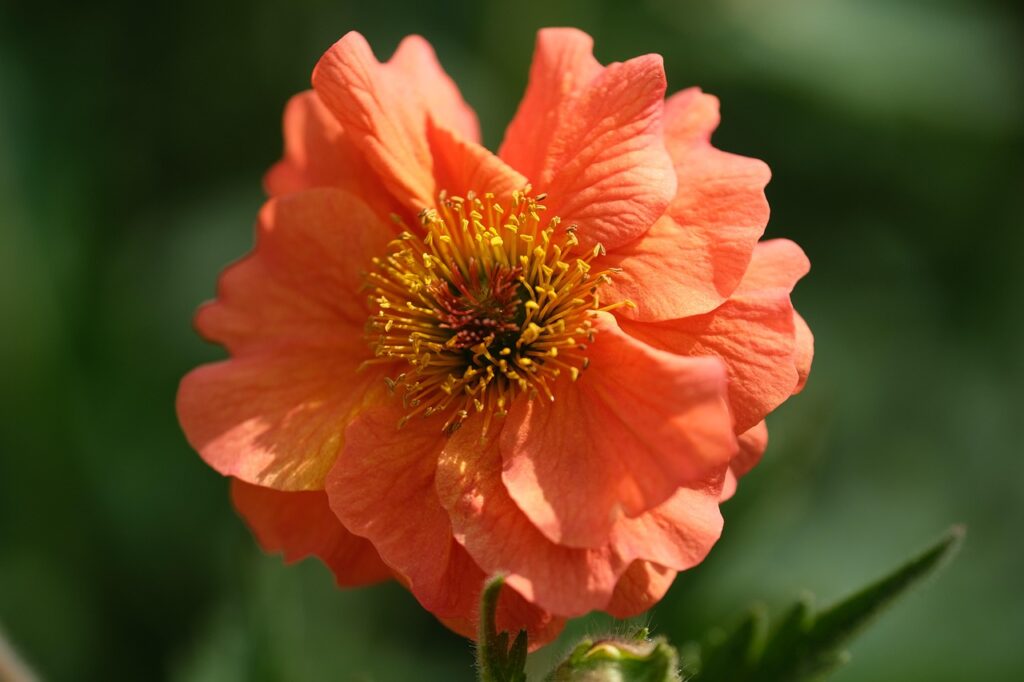
Geum is relatively easy to grow, but proper care ensures long-lasting blooms.
Sunlight
Prefers sunny locations but tolerates partial shade. Full sun promotes more abundant flowering.
Watering
Water when the soil surface becomes dry. Ensure good drainage to avoid excess moisture.
Soil
Requires well-drained soil with moderate water retention. A mixture with compost or leaf mold is suitable.
Fertilizer
During the growing season, apply a slow-release fertilizer about once a month. Avoid over-fertilizing.
Cold Resistance
Geum is fairly hardy, though in colder regions, frost protection during winter is recommended.
Pruning
Regularly remove withered flowers to encourage new blooms.
Conclusion
Geum is a perennial plant with vivid flowers and a long blooming season, loved in European gardens, particularly in England. In North America, wild species blend naturally into landscapes, while in Asia, it is enjoyed in gardens and pots.
With a history that traces back to medieval monastery gardens, Geum has been cultivated and refined as a horticultural plant since the 18th century.
Easy to grow in both beds and pots, Geum rewards proper sunlight and watering with beautiful blossoms from spring to early summer. It is also a versatile border plant, adding vibrant color to any garden.

